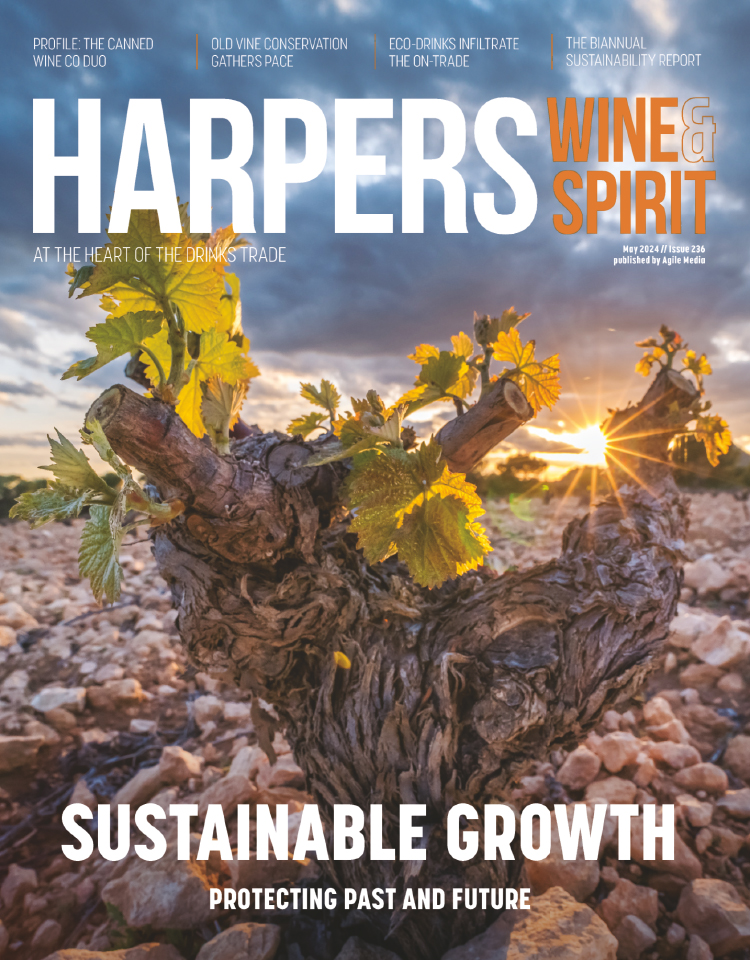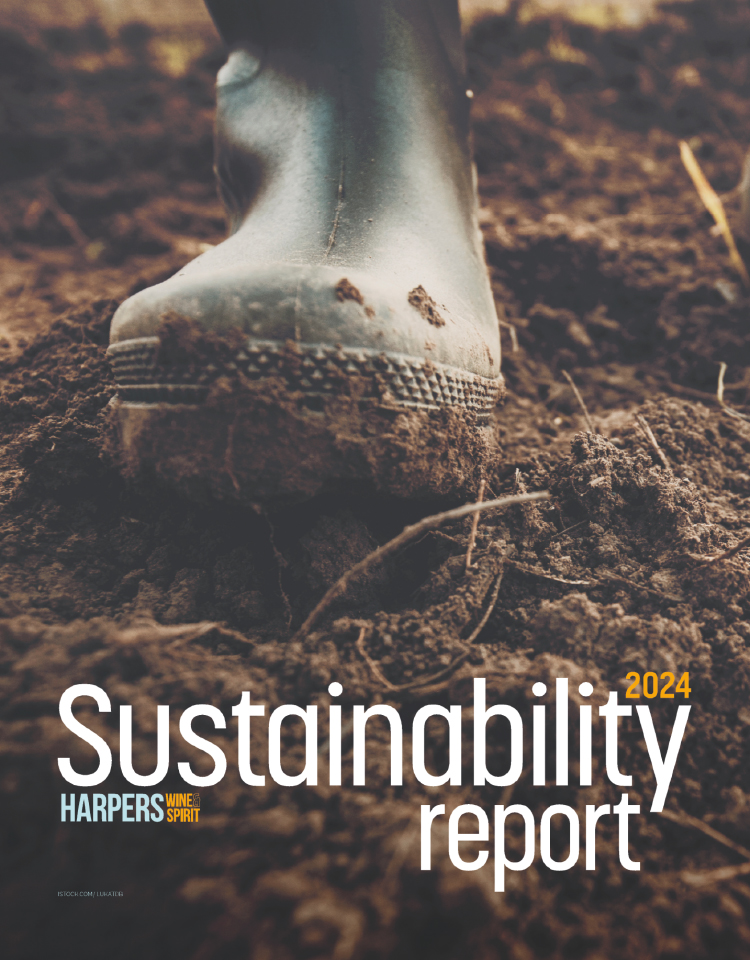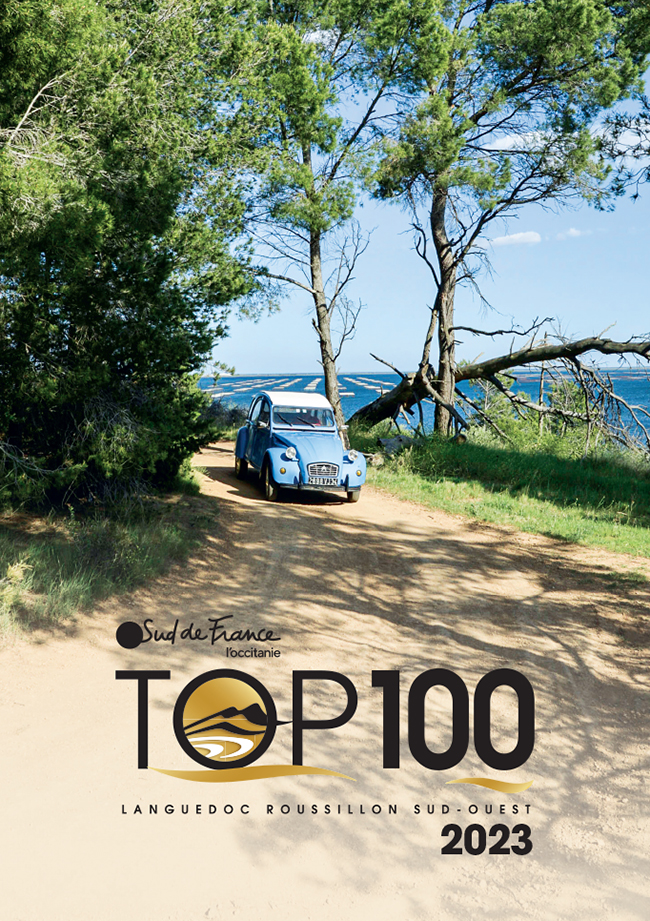
Long Read: Talking terroir in Spain
Priorat has taken a bold step in committing itself to a hierarchical classification of terroir.
In the emerging region of Bierzo in Castilla y Leon, growers have also signed up to scheme of identifying single vineyards on labels, first unveiled in 2017. However, the process of selecting the region's top 'Premier and Grand Crus' will take another few years, according to Pérez Palacios, nephew of Alvaro Palacios. As it stands today, Priorat is the first headline Spanish appellation to go the full mile.
The project was initially unveiled in 2019 and Priorat now has a clearly defined quality pyramid that would make any Burgundian proud. At the base sits the Vi de Vila (village wine) tier, followed by Vi de Finca (estate wine), Vinya Classificada and Gran Vinya Classificada respectively.
The first of the region's top-end wines, now officially certified as 'Grand Crus', were released in May. They include the single-vineyard expression Tossal d’en Bou, owned by Max Doix and Álvaro Palacios l’Ermita, which has become one of Spain's most expensive wines. Palacios and two other wineries can now market their single-vineyard labels under the nomenclature Gran Vinya Classificada. The current Vinya Classificadas or 'Premier Crus' of the region are Clos Mogador, Coma Blanca, and Clos Fontà from Mas d’en Gil. The project represents a landmark moment in Spain's viticultural history, creating a close facsimile of the Burgundian model in an engine for high value Spanish exports.
Yet regardless of the recent achievements in Priorat, L'Ermita and Clos Mogador were already well-established brands with a loyal following among collectors and oenophiles. Will Spain's inaugural stab at delineating and ranking terroir have any meaningful impact?
“It will help to promote Priorat's reputation on the international stage; the classification makes a decisive contribution towards presenting our small wine-growing region to the world in a more coherent and respectful way,” argues Palacios.
“Above all, it will establish our identity and potential for posterity. In addition to our responsibility towards the zone, it is a question of credibility, trust, and seriousness in the world of great wine. Collectors are becoming more demanding and discerning in their choices – especially in the highest segments.
“They're never going to invest in wines whose highest classification is regional. They look for specific wine designations, such as Grand Crus and other similar classifications.”
Palacios is staunchly committed to the project, which was initiated over 20 years' ago. He told Harpers that a small group of growers started working on delineating the zone's terroir at the end of the 20th century.
“The first category that emerged was Vi de Finca Qualificado, which no longer exists because it was replaced by the current classification, which was unveiled in 2019,” he says.
“It has been a gradual journey, with important moments such as the launch of the Vi de Vila category in 2017.”
The arguments for and against such endeavours have been made countless times. Many European regions over the past 15 years have gone down the terroir-classification route, adding ever more tiers of bureaucratic labelling requirements. Austrian and German wine growers in the business of making premium wine have invested considerable resources into creating hierarchical vineyard classifications.
Proponents of such ventures argue that they create added value in the eyes of consumers – a reference to Burgundy's long-established system is de rigueur – and help artisan growers differentiate themselves from the volume-led producers. Critics argue that it's all pointless and commercially irrelevant navel-gazing. Put the supporters and naysayers together and you'll have the recipe for an interminable debate.
“I understand and sympathise with the reasons for doing this, however for virtually all consumers, it is at best an unnecessary complication and potentially a turn-off. We have encountered customer resistance to paying a premium for these single-vineyard wines from people who happily buy into the Burgundian system,” observes Jeroboam's wine director Peter Mitchel MW.
However, in the case of Spain, there are pertinent issues to consider. Following the publication of Telmo Rodriguez's ‘Manifesto in defense of Spanish terroir' in 2016, producers in Catalonia, Rioja, and Ribera del Duero have been increasingly bold in their criticisms of Spain's DOs. Wineries like Gramona and Bodegas Artadi have voted with their feet, leaving the appellations to either function as standalone brands or create new rival designations.
Moreover, the so-called zoning and segmentation initiatives undertaken in Penedes and Rioja have not satisfied the 'terroirists', who refuse to rejoin the DOs unless significant change occurs. The situation has recently escalated in Rioja, with the proposed succession of over 45 winegrowers in the Rioja Alavesa sub-zone. The successful implementation of Palacios' classification project can only empower them further.
Of course, in small regions like Priorat and Bierzo, such an undertaking is relatively straightforward. From the outset, the area's investors cultivated a homogeneous image as a fine wine region; Priorat lacks the volume-led producers, and consequently the value image, of Rioja and Cava. If a critical mass of regional wineries is pulling in the same direction, then self-appointed classification of terroir is politically feasible.
But Rioja's council members have to take account of the big firms who want to maintain the status quo. Wineries that own vineyards and control land in vastly different areas and villages across the appellation undoubtedly fear that any vineyard classification could dramatically affect grape prices and producer costs. Adopting Priorat's model in Spain's bigger viticultural zones is a political nightmare of Brexit proportions. Similarly, another of Spain's key exporters of high-quality wines, Ribera del Deuro, has reportedly been reticent to go down this route. Or rather its Consejo Regulador has some reservations, according to Peter Sisseck of Dominio de Pingus fame in Ribera.
Nevertheless, the country's most ardent supporters of change are unlikely to simply allow this moment to pass them by. The level of tolerance towards homogeneous representation among Spain's premium brands has seemingly reached a historic low. If Priorat does benefit from its endeavours, then calls for terroir classification elsewhere are likely to become louder and louder.
“We want to establish some kind of differentiation, to enable consumers to understand that artisan wine made from a specific terroir has little in common with commercial wine, made with no reference to terroir at all,” says Sisseck.
As it stands today, Spanish wine is a major export player and a success story, but not branded in the way that a growing firmament of producers would like. Priorat has started the ball rolling, and yet it may take another 25 years before anything approaching a Burgundian system exists in the vineyards of Rioja and Castilla y Leon. All of this will take plenty of time, and many mistakes will be made along the journey. But the terroir-driven league, more than ever, are unlikely to take a permanent 'no' for an answer. Ribera del Duero needs Pingus more than Sisseck needs the nomenclature. One day, that crucial fact might pay dividends.
NB: This article was amended in recognition of the progress that DO Bierzo is making towards greater hierarchical classification of terroir.
Keywords:
- wine
- made
- Spain
- Rioja
- MW
- Priorat
- vineyard
- single vineyard
- classification
- de
- ribera del duero
- terroir
- ribera del
- palacios
- vi de
- del duero
- de finca
- dos unless significant
- create new rival
- rival designations moreover
- segmentation initiatives undertaken









